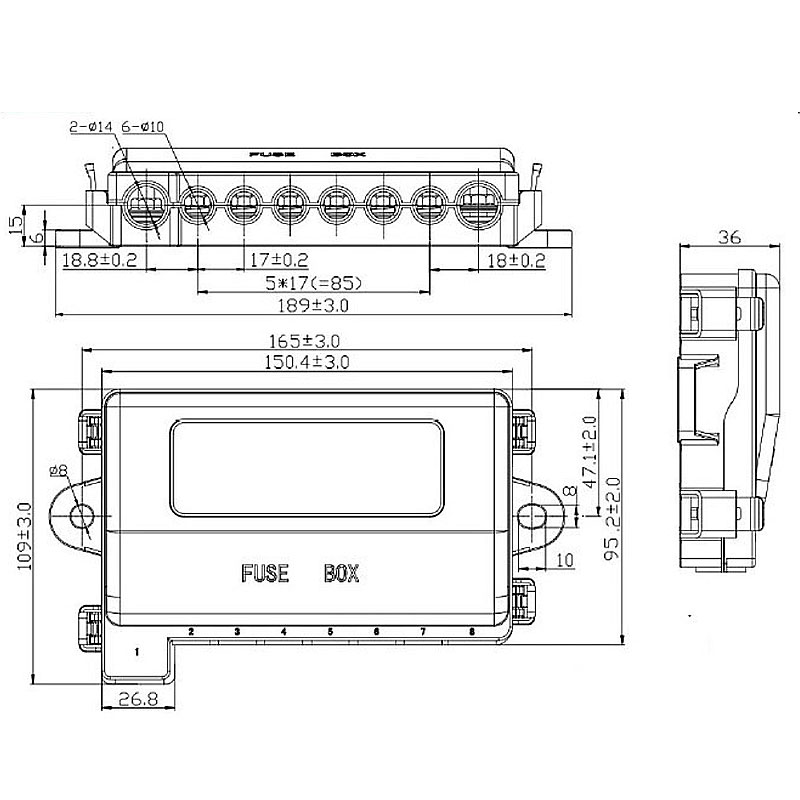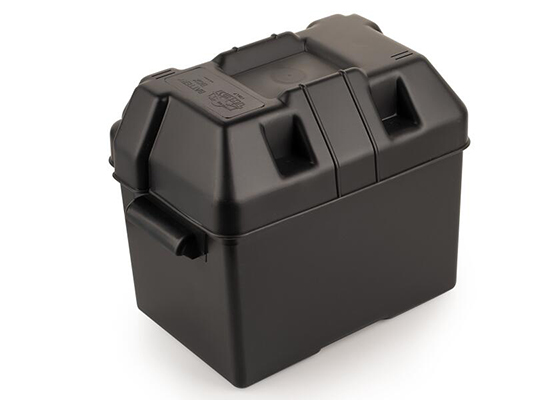The Critical Role of Automotive Fuses in Protecting Oxygen Sensor Systems
News 2025-10-13
In modern vehicles, oxygen sensors, or O2 sensors, play a vital role in monitoring exhaust gases to optimize engine performance and reduce emissions. These sensors help maintain fuel efficiency and comply with environmental regulations by providing real-time data to the engine control unit. However, the electrical circuits connected to O2 sensors are vulnerable to overloads and short circuits, making car fuses an essential component for protection. Fuses act as safeguards, preventing damage from electrical faults and ensuring the longevity of these critical sensors. Understanding the integration of fuses with O2 sensors is key for automotive enthusiasts and professionals alike, as it directly impacts vehicle reliability and performance.

Applications in Vehicle Systems
O2 sensors are integral to various automotive applications, including emission control systems in cars, trucks, and hybrid vehicles. Fuses specifically designed for these sensors are typically installed in the engine compartment or fuse box, protecting the wiring from high current surges. For instance, in fuel-injected engines, fuses prevent sensor burnout during voltage spikes, ensuring accurate readings that support adaptive fuel strategies. This application extends to diagnostic tools and onboard computers, where reliable fuse protection maintains system integrity, enhancing overall vehicle diagnostics and maintenance efficiency.
Performance and Reliability Benefits
Car fuses for O2 sensors offer significant advantages by providing rapid response to electrical faults, thus safeguarding sensitive components from irreversible damage. Their compact design allows for precise current rating, which minimizes false trips while maximizing protection against overloads. This reliability improves sensor accuracy, leading to better fuel economy and reduced emissions. Additionally, high-quality fuses resist corrosion and heat, ensuring consistent performance in harsh under-hood environments, which is crucial for long-term vehicle operation and cost-effective maintenance.
Frequently Asked Questions
1. What is the purpose of a fuse in an O2 sensor circuit?
A fuse protects the circuit from excessive current, preventing damage to the sensor and maintaining system functionality.
2. How do I identify the correct fuse for my vehicle’s O2 sensor?
Check the vehicle’s manual or fuse box diagram for the specified amperage and location dedicated to the O2 sensor circuit.
3. Can a blown fuse affect O2 sensor performance?
Yes, a blown fuse can disable the sensor, leading to poor engine performance, increased emissions, and potential check engine light activation.


